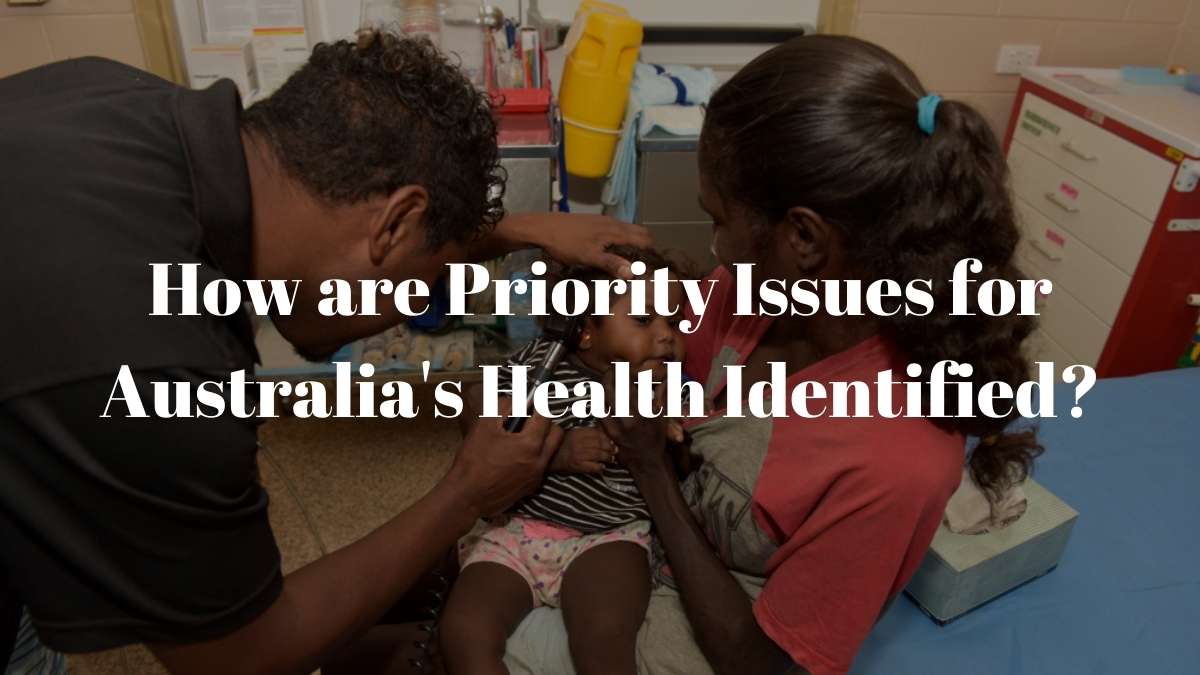How are Priority Issues for Australia's Health Identified?
This critical question is all about measuring health status and identifying priority health issues. These two dot points form the basis of the answer to the question.
Measuring health status
This dot point analyses the use of epidemiology including what it measures, its limitations, who uses it, and its role in identifying health priorities. It is vital for you to know definitions for key terms such as mortality, infant mortality, morbidity, and life expectancy. Furthermore, this dot point asks you to be able to interpret graphs, charts, and tables as you use and understand epidemiology.
Identifying priority health issues
The second dot point asks you to understand the process involved in identifying priority health issues in Australia. This will take you back to your prelim content where you were asked to learn the principles of social justice, now they are applied to how we identify priority health issues. There are also a few extra terms you should learn such as prevalence and incidence. While you will be asked to consider other aspects such as whether diseases can be prevented or if early intervention will impact the burden of disease, it is important to focus on the learn to, which asks you to argue the case for why decisions are made about health priorities.
Teacher Note
You should also pay attention to the “teacher note” provided for this critical question as it will help you better understand the depth of knowledge required by the syllabus and essentially how much detail you need to know for the HSC exam. It states:
Teacher Note: Students do not need to know the latest statistics on the rates of illness and death. It is only important that they understand trends such as whether the prevalence of leading causes is on the increase, decrease or stable.
This means you don’t have to memorise numbers, just pay attention to the current trends.

